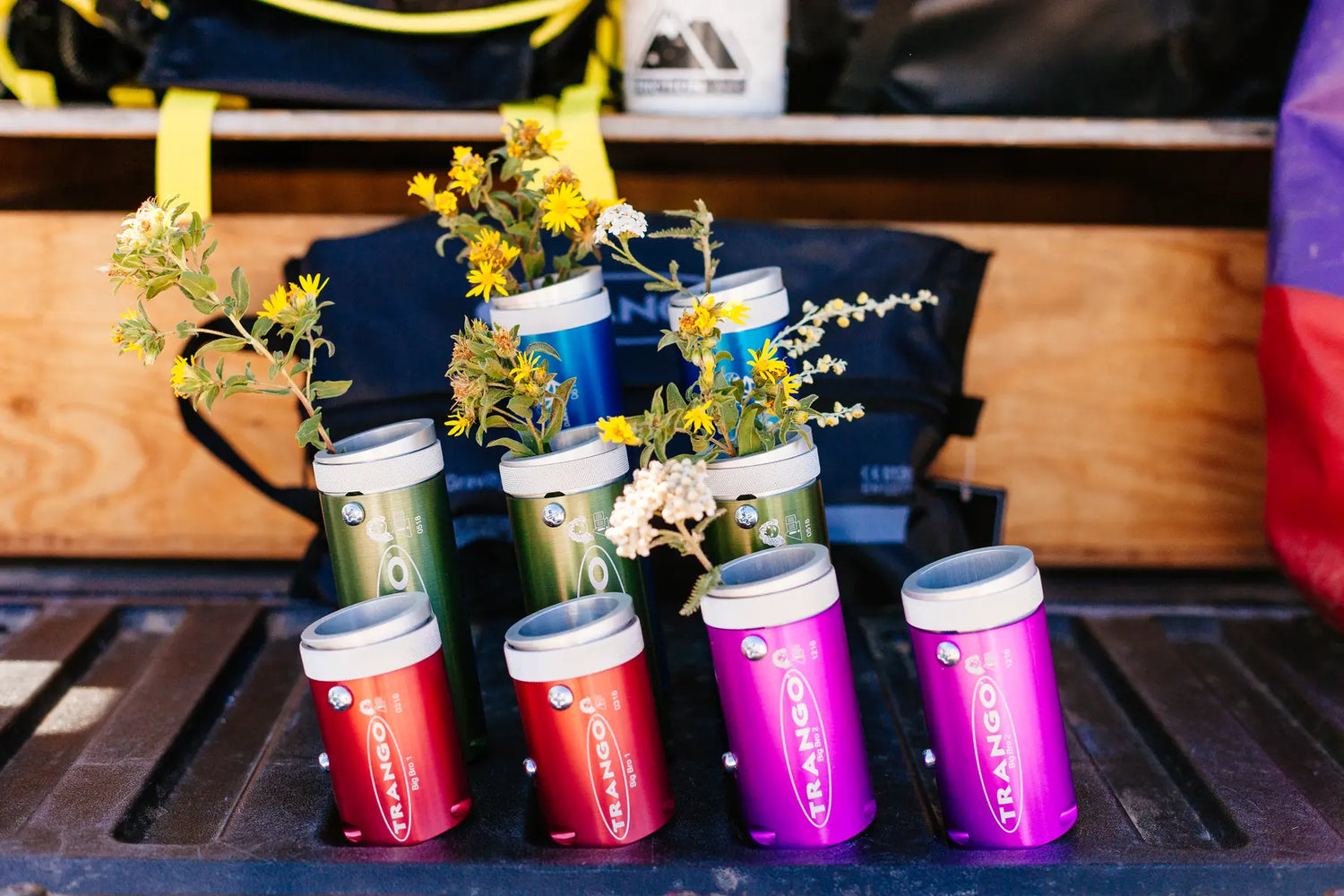10 Alpine Climbing Tips
Are you dreaming of high alpine peaks? Beautiful sublime faces of rock and ice? Surreal corniced ridges and crimson sunsets? Alpine climbing is one of the most committing and unforgiving forms of climbing, but with a little practice and solid game plan it can be safe and extremely rewarding!

Second bivy on the East Face of the Moose’s Tooth
1. Pick your partner wisely
It’s one thing to go cragging for the day with someone. But going to Alaska for 21 days to attempt a nail-biting alpine climb is another story. The last thing you want is to argue and bicker like an old married couple. You might be the best of friends at sea level, but after days shivering on icy ledges, tensions can spin out of control! I like to do warm-up climbs first—see how our personalities mesh and how the vibe goes. I seek partners that are solid as a rock, cool under pressure, and can find comedy even in the most rugged situations.

Retreat from the storm
2. Leave your inflatable mattress at home
As tempting as a plush, high-R-value blow-up pad sounds, it’s fragile and prone to punctures. You’ll be left shivering and sleepless. Instead, bring a closed-cell foam pad cut to cover just your body.
3. Take extra gloves
Your glove quiver is critical. By day’s end, gloves get wet and soggy—and frostbite sets in fast. Gloves never fully dry in your bag and refreeze overnight. It may feel excessive, but bring 5–8 pairs for a 5-day mission.
4. Drink water cold to save fuel
Hydration is key when you’re working 12–16 hours a day. Hot drinks are soul-warming but burn precious gas. Save your stove for the bivy; plan on one 250 g fuel can per day for two people.
5. Mitigate objective hazards
Study the route for weeks—note seracs, loose rock, wind belts, and snowpack. Avoid climbing under ice towers and always have retreat options in mind.

Clam feature high on the Greenwood/Locke headwall
6. Bring an adze for the team
After a long day, chopping a bivy platform by hand is brutal. An adze speeds the job, gets you in your bag faster, and ensures better sleep.
7. Pack a music player
An iPod Nano or Shuffle can boost morale like nothing else. I load hip-hop and metal for pumps, then mellow reggae for cool downs. Tether your camera to your chest pocket to keep its battery warm.

Drytooling on the Greenwood/Locke headwall
8. Sleep in your layers
Wear your base layers, midlayers, and harness into your bag. Keeping wet outerwear off helps retain heat. I even sleep with boot liners inside to prevent freezing.
9. Master the descent
Rappelling a 5 000-ft face can be safer—and more fun—than skiing down avalanche slopes. Equalize with slings and cordelettes, use well-placed nuts or V-threads, and always prusik backup for protection.
10. Bring a positive attitude
The mental game is everything. Be ready to improvise and adapt. Practice ice and snow techniques, aid climbing, self-rescue, and first aid before you go. And if you ever feel over your head, retreat and live to climb another day!

Coffee and nap before the 27-hour descent

